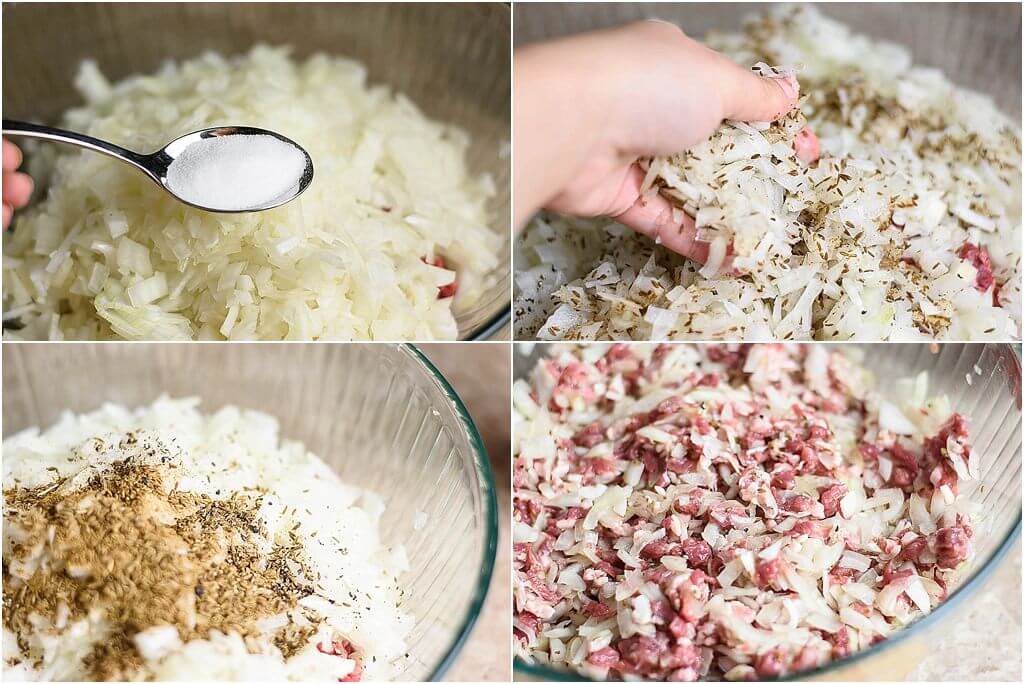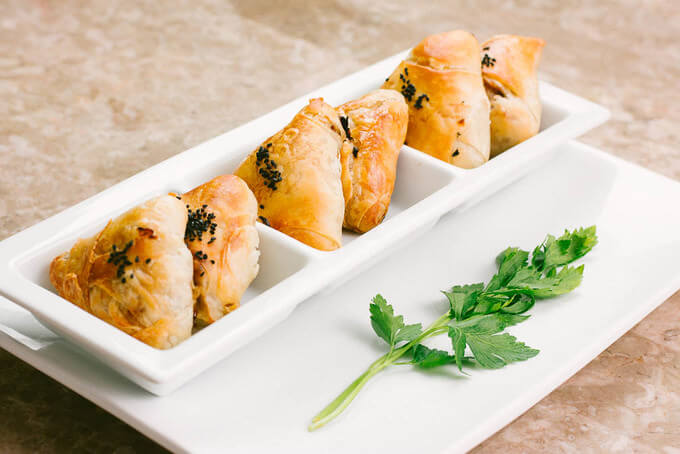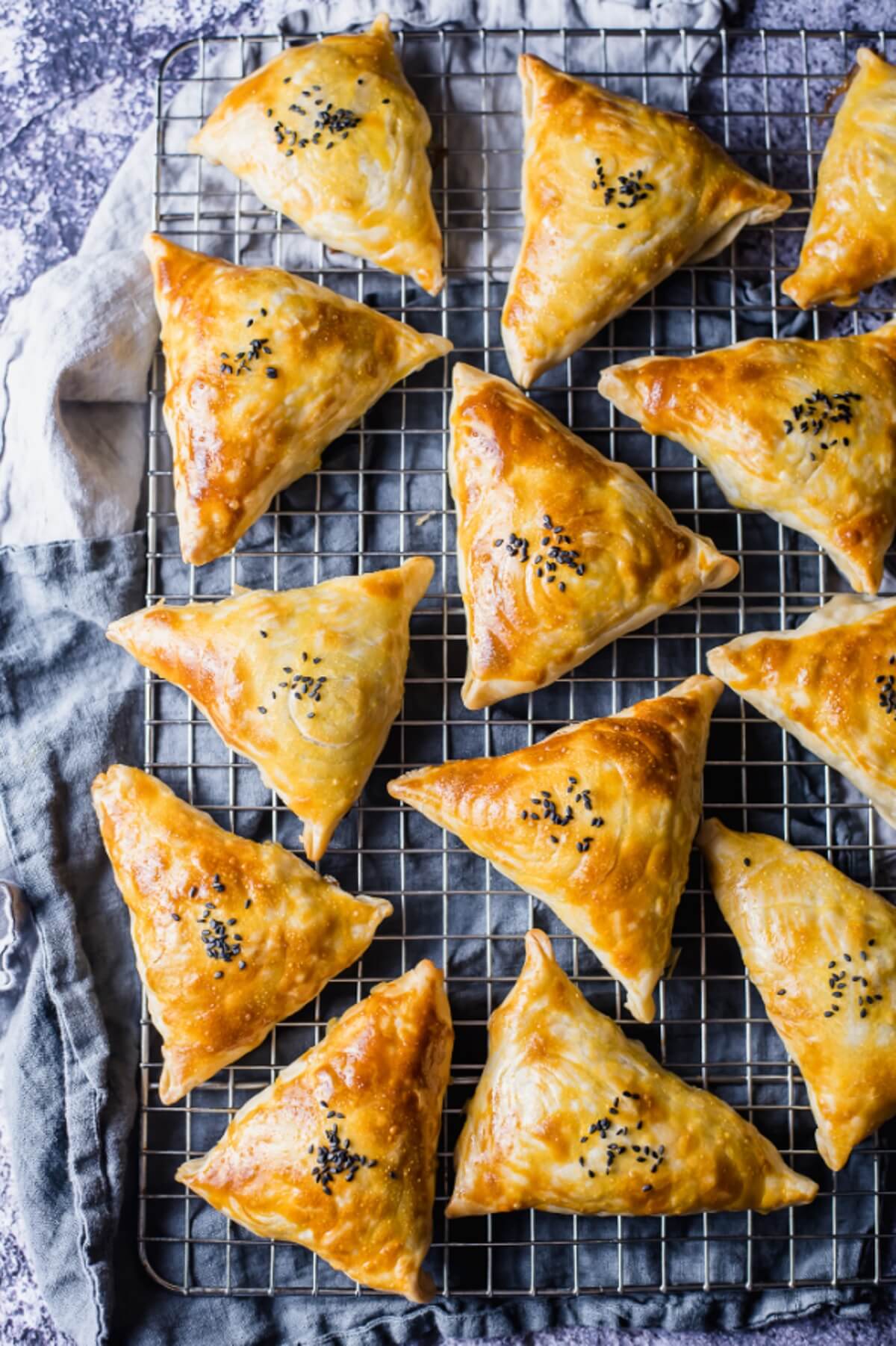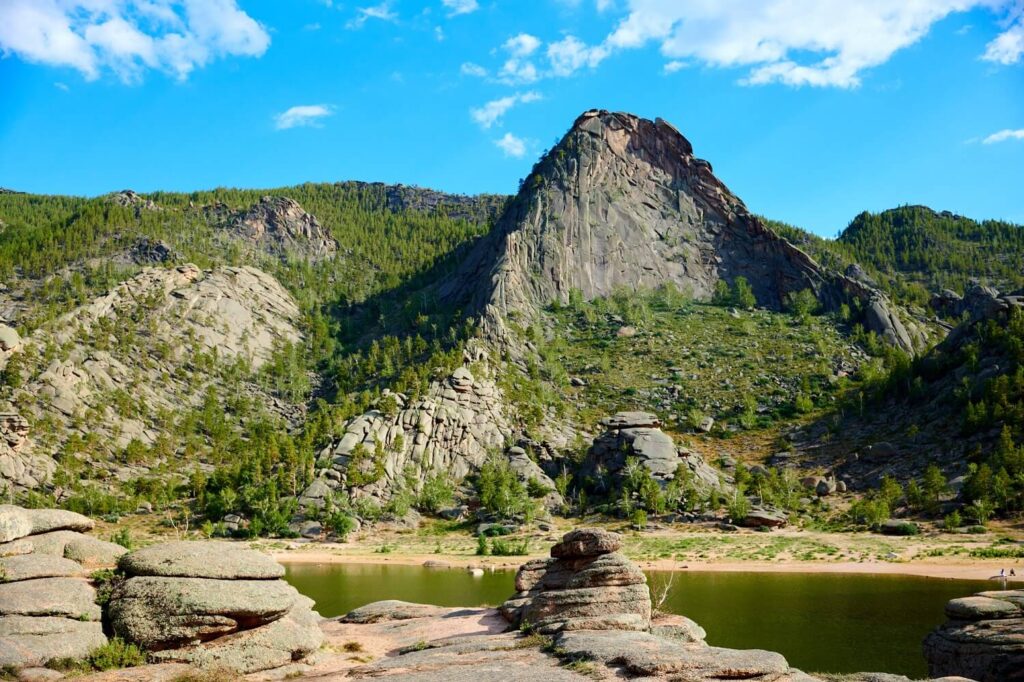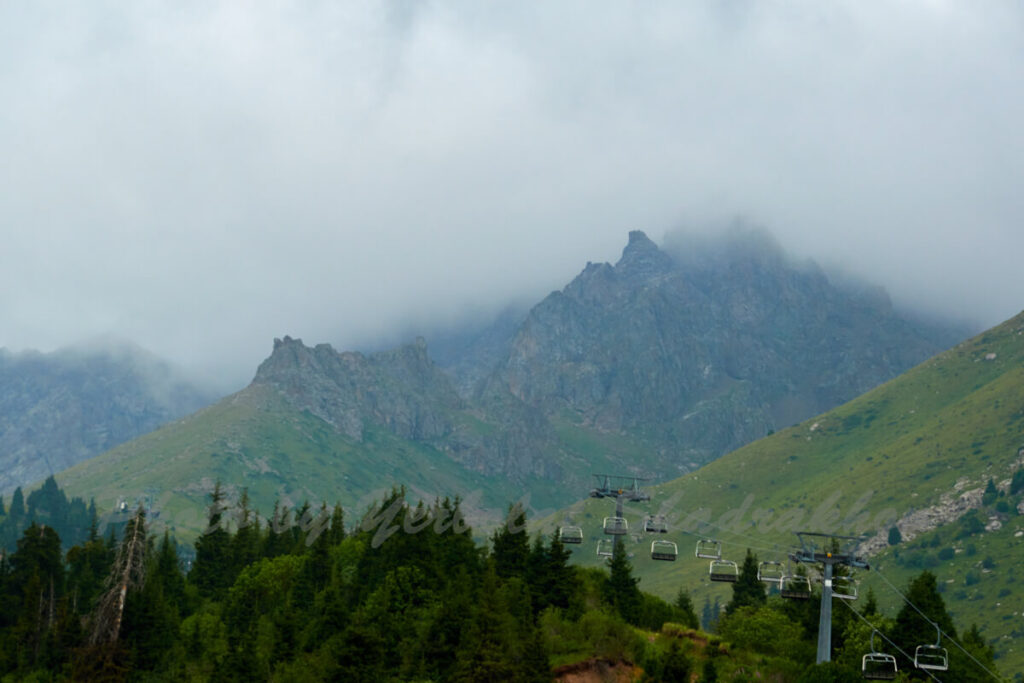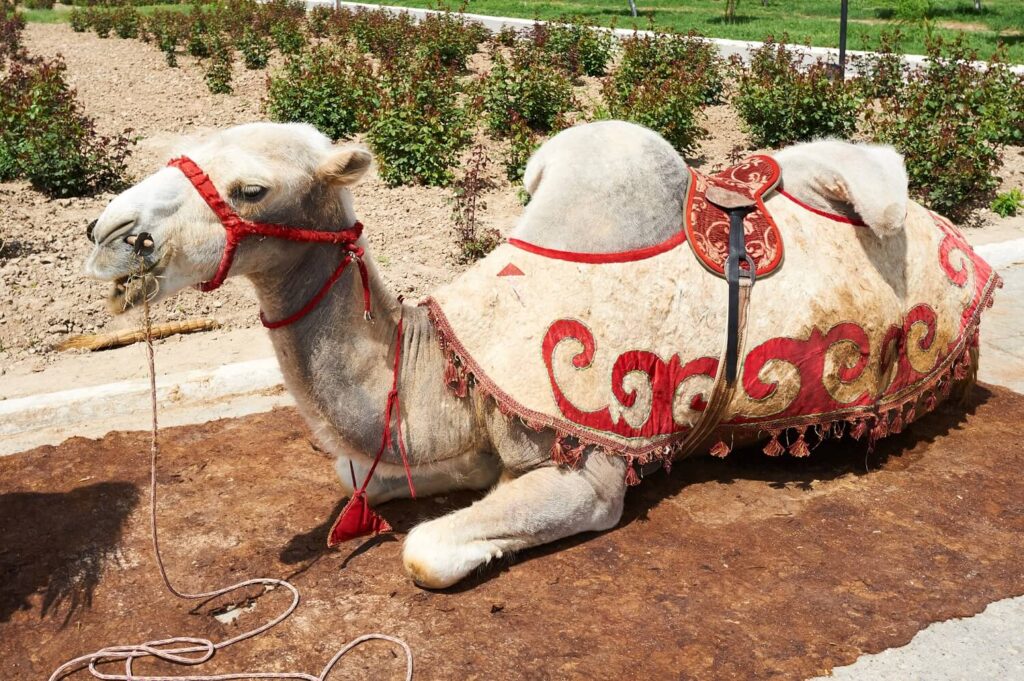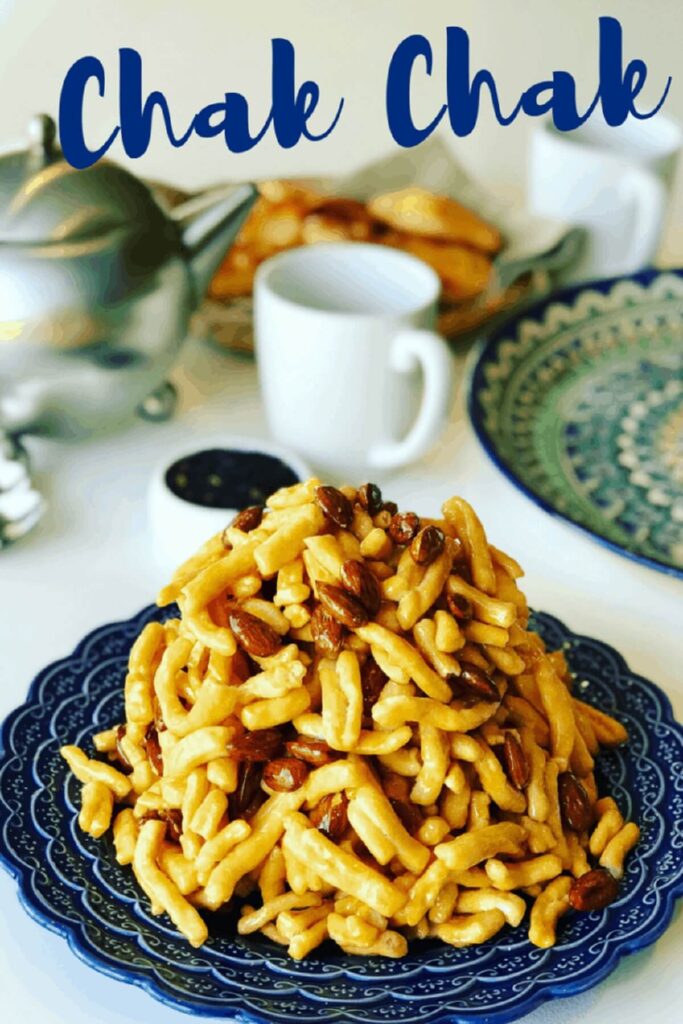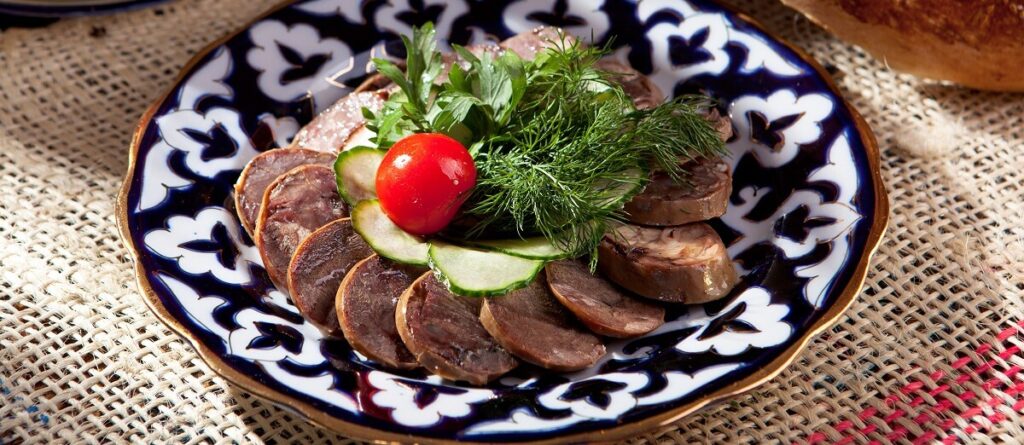Samsa, a beloved savory pastry, is a culinary delight that has been enjoyed for centuries in Central Asia, particularly in Kazakhstan. This golden, flaky pastry filled with succulent meat and aromatic spices has a rich history and a flavor that captivates the senses.
Let’s dive into the fascinating world of Kazakhstan samsa, exploring its origins, interesting facts, and, of course, a simple recipe to bring this delicious treat to your kitchen.
The History and Interesting Facts About Samsa
Samsa has a storied past that dates back to ancient times. It is believed to have originated from the Persian Empire, where it was known as “sanbosag.”
As traders and travelers moved along the Silk Road, they carried the recipe with them, spreading it across Central Asia. Over time, each region added its unique twist, resulting in the diverse variations we see today.
In Kazakhstan, samsa is a popular street food and a staple at family gatherings and celebrations. The Kazakh version typically features lamb or beef, flavored with onions and a blend of spices that reflect the region’s culinary heritage.
Samsa is traditionally baked in a tandoor oven, which gives it a distinctive, slightly smoky flavor and a wonderfully crispy crust.
Here are some interesting facts about samsa:
- Shape and Size: Samsa can be found in various shapes, including triangles, squares, and even rounds. The size can also vary, from small bite-sized pieces to larger portions.
- Filling Varieties: While meat is the most common filling, samsa can also be made with vegetables, cheese, or even sweet fillings like fruit and nuts.
- Street Food Staple: In Kazakhstan, samsa vendors can be found on almost every street corner, offering freshly baked pastries to hungry passersby.
- Cultural Significance: Samsa is not just a food item but a symbol of hospitality and warmth, often served to guests as a gesture of welcome.
Ingredients for Kazakhstan Samsa
To make Kazakhstan samsa at home, you will need the following ingredients:
For the Dough:
- 2 cups all-purpose flour
- 1/2 teaspoon salt
- 1/2 cup cold water
- 1/4 cup vegetable oil or melted butter
For the Filling:
- 1 lb ground lamb or beef
- 1 large onion, finely chopped
- 1 teaspoon ground cumin
- 1 teaspoon ground coriander
- Salt and pepper to taste
- 2 tablespoons chopped fresh parsley or cilantro (optional)
For the Topping:
- 1 egg, beaten
- Sesame seeds (optional)
Instructions
Step 1: Prepare the Dough
- In a large mixing bowl, combine the flour and salt.
- Gradually add the cold water and vegetable oil or melted butter, mixing until a dough forms.
- Knead the dough on a floured surface for about 5-7 minutes until it becomes smooth and elastic.
- Cover the dough with a damp cloth and let it rest for at least 30 minutes.
Step 2: Prepare the Filling
- In a bowl, combine the ground meat, chopped onion, ground cumin, ground coriander, salt, and pepper. Mix well.
- If desired, add chopped fresh parsley or cilantro to the meat mixture for added flavor and freshness.
Step 3: Assemble the Samsa
- Preheat your oven to 400°F (200°C).
- Divide the dough into small balls, roughly the size of a golf ball.
- Roll each ball into a thin circle on a floured surface.
- Place a spoonful of the meat filling in the center of each circle.
- Fold the edges of the dough over the filling to form a triangle or square, pinching the edges to seal them tightly.
- Place the samsa on a baking sheet lined with parchment paper.
Step 4: Bake the Samsa
- Brush the tops of the samsa with the beaten egg to give them a shiny, golden finish.
- Sprinkle sesame seeds on top if desired.
- Bake in the preheated oven for 25-30 minutes, or until the pastry is golden brown and crispy.
Step 5: Serve and Enjoy
- Allow the samsa to cool slightly before serving.
- Enjoy your homemade Kazakhstan samsa with a side of yogurt or a fresh salad for a complete meal.
Samsa is a delightful way to experience the rich culinary traditions of Kazakhstan. With its crispy crust and flavorful filling, it is sure to become a favorite in your household.
Whether you’re hosting a gathering or simply craving a delicious snack, this simple and authentic recipe will transport your taste buds to the heart of Central Asia.



